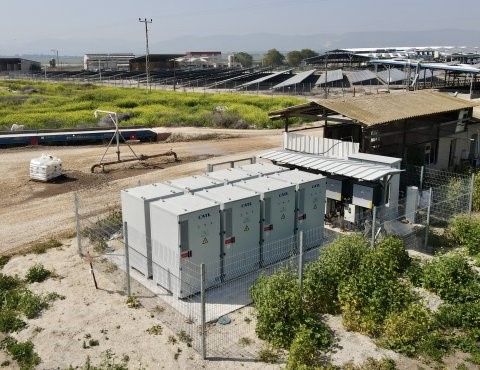Due to the growing demand for electricity and the commitment to switch to renewable energy, many solar projects are incorporating storage capabilities.
Solar electricity is the cleanest and lowest priced form of electricity production. It reduces greenhouse gas emissions and is the cheapest source of electricity production in the Indian economy.
Storage facilities allow, among other things, to use solar electricity at night that was generated and stored during the day, to store electricity generated during off-peak hours and use it during peak hours, and enable the expansion of existing electricity infrastructure by using it more effectively.
It continues to establish and implement small offgrid and large projects that integrate solar energy with energy storage as part of its major wins for establishing photovoltaic systems coupled with electricity storage systems. By establishing more such projects In India , there will be less dependence on the electricity grid and a greater ability to use clean, nonpolluting electricity.

Like battery-electric vehicles, stationary battery storage systems require a battery management system (BMS) to ensure safe, reliable and long-lasting operation of the individual battery cells. Developing hydrogen systems requires knowledge of the generation process of hydrogen, the storage system, and the conversion of hydrogen to electrical energy. For the latter, fuel cell systems are used, which require a controller to control the operation of the complete system and its individual subsystems.
Energy storage systems for renewable energies are usually large and highly complex, resulting in special requirements for their control units in terms of performance, safety, reliability, and fault tolerance. Controllers thus have to pass extensive tests before they are ready for the market. This requires powerful, reliable test systems that process the actuations and continuously provide the controller with sensor values from the energy storage system. Plant models of the systems and, if necessary, also of their environment must offer high computing power (real-time capability), scalability, and model accuracy.